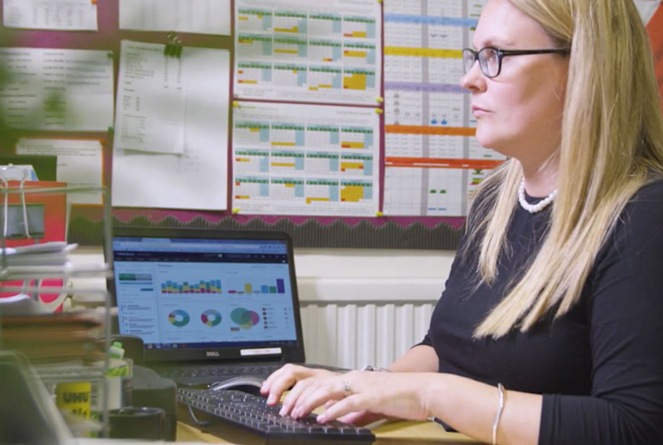Introduction
A school website serves as the digital platform for the school, offering a window into its ethos, activities, and achievements. Online presence is crucial in today’s technology-driven world; therefore, the importance of quality content cannot be overstated.
From prospective parents gathering admission details to existing students accessing resources, potential staff research the school as a potential employer. a school’s website is a central hub for school communication and parent engagement. Therefore, producing top-quality content is essential to convey the school's identity and offerings effectively.
Why content is important on a school website
Quality content plays an important role in shaping the reputation of a school. It provides valuable insights into the school's values, academic programs, extracurricular activities, and culture. Engaging and informative content attracts parents, promotes trust, and builds credibility. Moreover, well-written content enhances user experience, making it easier for users to navigate the website and find relevant information.
Additionally, by incorporating relevant keywords and phrases, well-crafted content improves a school website’s search engine optimisation (SEO), ensuring that the website ranks higher in search engine results pages. This increased visibility enhances the school's online presence, attracting more visitors and prospective parents. By providing valuable information and enhancing user experience, quality content contributes to higher engagement metrics and lower bounce rates, further boosting the SEO performance of the school website.
Content can also be visual
Besides text, schools can boost their school website with visual media like images and videos. Visuals are vital in grabbing online visitors' attention and keeping them engaged. They offer a dynamic and immersive experience, showcasing the school in a way that words cannot. Photos and videos provide a glimpse into school life, classrooms, and events, giving users a feel for the school's atmosphere. Visual content adds aesthetic appeal and helps memorably tell the school's story, leaving a positive and lasting impact on the school website.
In essence, content, be it written or visual, serves as the foundation upon which a school's digital presence is built, influencing the decision-making process of prospective parents and stakeholders.
1. Perform a content audit
A content audit serves as the first step in optimising your school website. Assessing existing content helps identify outdated information, content gaps, and areas that can be improved. Schools can gain valuable insights into content effectiveness and audience engagement by analysing metrics such as page views and bounce rates.
2. Create a sitemap
Developing a structured sitemap is crucial for organising website content and optimising navigation. A clear hierarchy of top-level and sub-pages enhances user experience, ensuring visitors can easily find the information they need. By prioritising user-friendliness and accessibility, schools can create a seamless browsing experience for their audience.
3. More hands make light work
Delegating content creation tasks among staff members streamlines the process and ensures diverse perspectives are represented. Establishing clear guidelines and templates helps maintain tone, style, and formatting consistency across all content. Assigning content review responsibilities to designated individuals ensures accuracy and relevance before publication.
4. Understand your audience
Understanding the needs and preferences of your target audience is essential for creating relevant and engaging content. Tailor content to address the diverse interests of parents, students, staff, and the wider school community. As aforementioned, implementing school website SEO best practices ensures content is easily discoverable by search engines, enhancing visibility and reach.
5. Bring it all together
Once content creation is complete, the final step is to upload it to the website and ensure seamless integration with the content management system (CMS). Organising content files systematically facilitates the transfer process, expediting website updates and maintenance. By adhering to best practices and attention to detail, schools can ensure their website effectively communicates their values and offerings to their audience.
Conclusion
In conclusion, quality content is the backbone of successful school websites. By following these expert tips, schools can upgrade their school website, attract prospective parents, and engage stakeholders effectively. Investing in quality content creation is beneficial for enhancing user experience and supporting the overall success of the school’s website performance.
Transform your school's online presence today
At Juniper Education, we specialise in helping schools shine online with engaging content and stunning website designs.
Explore our latest live websites for inspiration and book a free consultation with our team of experts.
Let's put your school website in the spotlight for all the right reasons!


/Primary%20school%20.jpg?width=2000&name=Primary%20school%20.jpg)








.png?width=940&height=788&name=Lingfield%20College%20Case%20Study%20(5).png)
-1.png?width=1000&height=833&name=National%20Association%20of%20Head%20Teachers%20(3)-1.png)
-3.png?width=1080&height=1080&name=Untitled%20design%20(10)-3.png)





